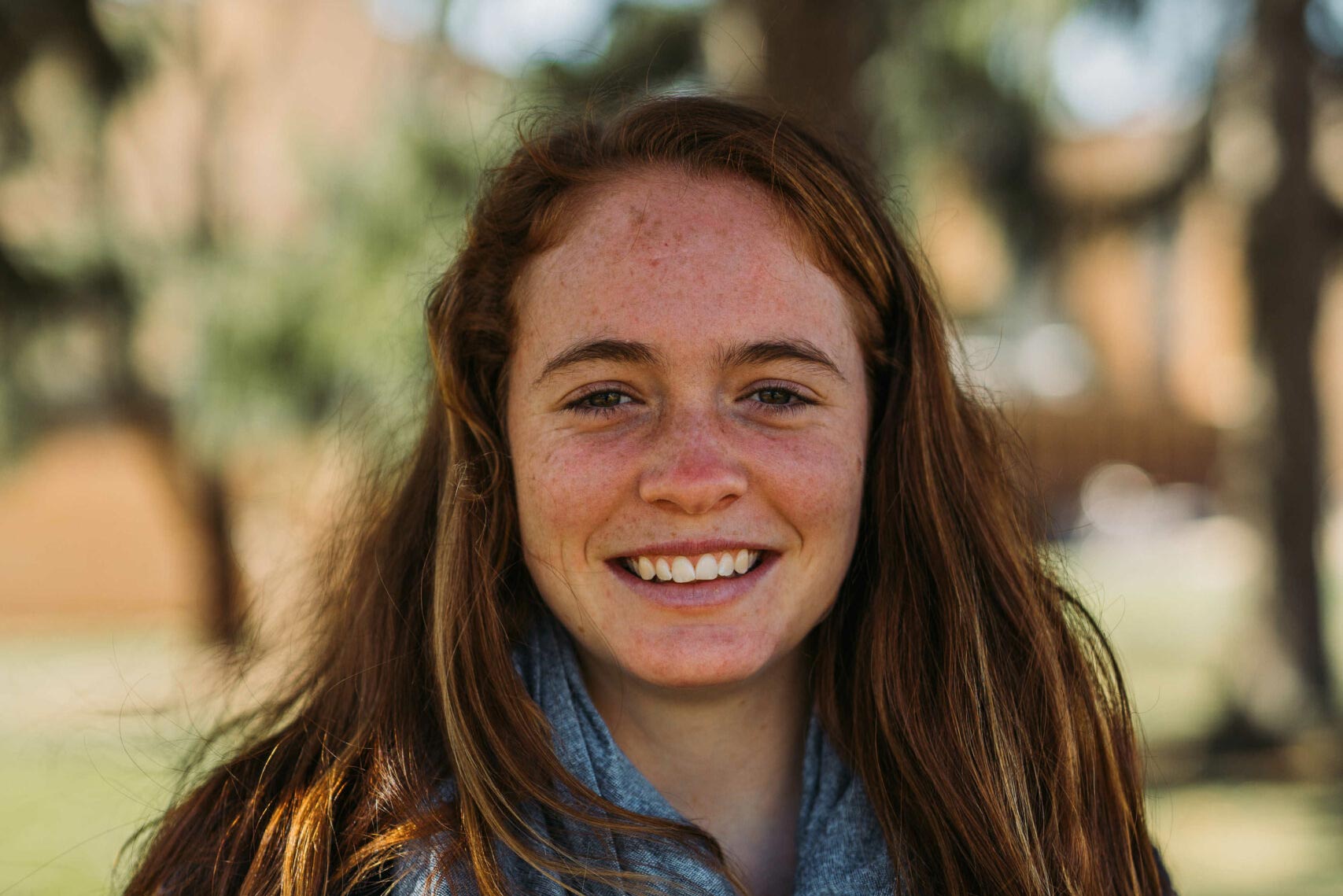Two weeks ago, I published an article in The Record titled “Barahona’s ‘beloved’ pursuit for equality” about a man, Rafael Barahona, who believes so deeply in the common humanity of all people, that he created a T-shirt design that shows it.
I interviewed Barahona multiple times over a couple of weeks, but there is one moment from our third conversation that will stick with me.“Just to be clear, you’re a graphic designer, right?” I asked, wanting to make sure I got the job title right.
Barahona looked up at me from across the table with a look that said, “don’t you get it yet?!”
It was a good question. This was supposed to be an article about Barahona’s journey of finding his identity outside of superficial labels like job titles, race and nationality and seeing others on a deeper level. Barahona had a lot to teach me about how I see and write about people.
As a journalist, I apply labels to my subjects all the time. In fact, taking real people, places and events and representing them with words to create a narrative is what I do. I am realizing there is a lot of power and responsibility in being in a position to label others.
On the one hand, labels help me paint pictures of my subjects. What are they like? Where are they from? How do they make a living?
But, because there are strong stereotypes attached to many labels—especially socially-charged ones like “black,” “immigrant,” or “liberal”—the words I use to describe my subjects can impact how my readers view the people I write about. In addition, only providing a few facts about a subject can cast the person as a simplified hero or villain.
Barahona is reluctant to identify with the label “graphic designer” because it paints a narrow picture of who he is and the work he does with the LightBox Collective in Goshen, a design agency he’s a partner at.
That’s the thing with labels, they often take something complex and dynamic and simplify it so it’s easier to understand and categorize. When this happens in journalism, both the subject and the reader miss out on the opportunity to explore and celebrate the complexity of life on this planet.
So what can I do as a writer to try to avoid the dangers of labels?
I can start by recognizing the power that I have to contribute to someone’s narrative every time I pick up my pen (or place my fingers on my keyboard). I can dig deeper for the details that complicate the picture and highlight them instead of pushing them out of sight. And I can remind myself to stop and think twice before labeling someone a graphic designer, or anything else.




